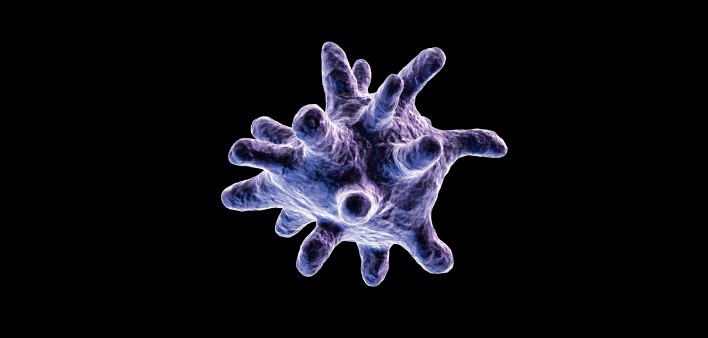Researchers have discovered how HIV manages to infect macrophage immune cells, which can be a key part of the viral reservoir. This finding could help research into possible reservoir-clearing cures for the virus. Studying cultures of macrophage cells, the investigators found that an antiviral protein known as SAMHD1 on the surface of cells prevents HIV from replicating inside macrophages in particular. When cells multiply, SAMHD1 is deactivated. But considering that macrophages don’t multiply, how did HIV manage to infect the cells if they had no apparent occasion to switch off SAMHD1? It turns out there is a routine process during which SAMHD1 is indeed deactivated for a time in macrophages, possibly to facilitate the cell’s repair of damaged DNA. Treating macrophages with drugs called HDAC inhibitors prevented the deactivation of SAMHD1, thus closing the window during which HIV could infect the cells.

Istock






Comments
Comments